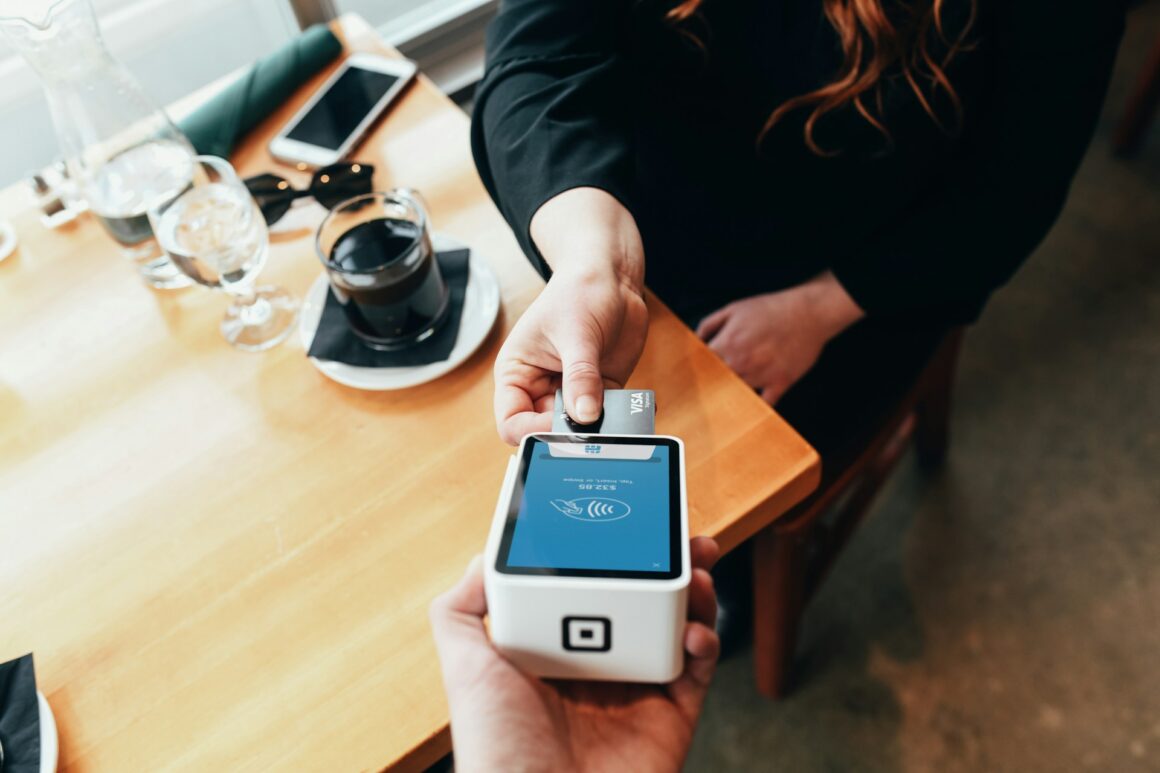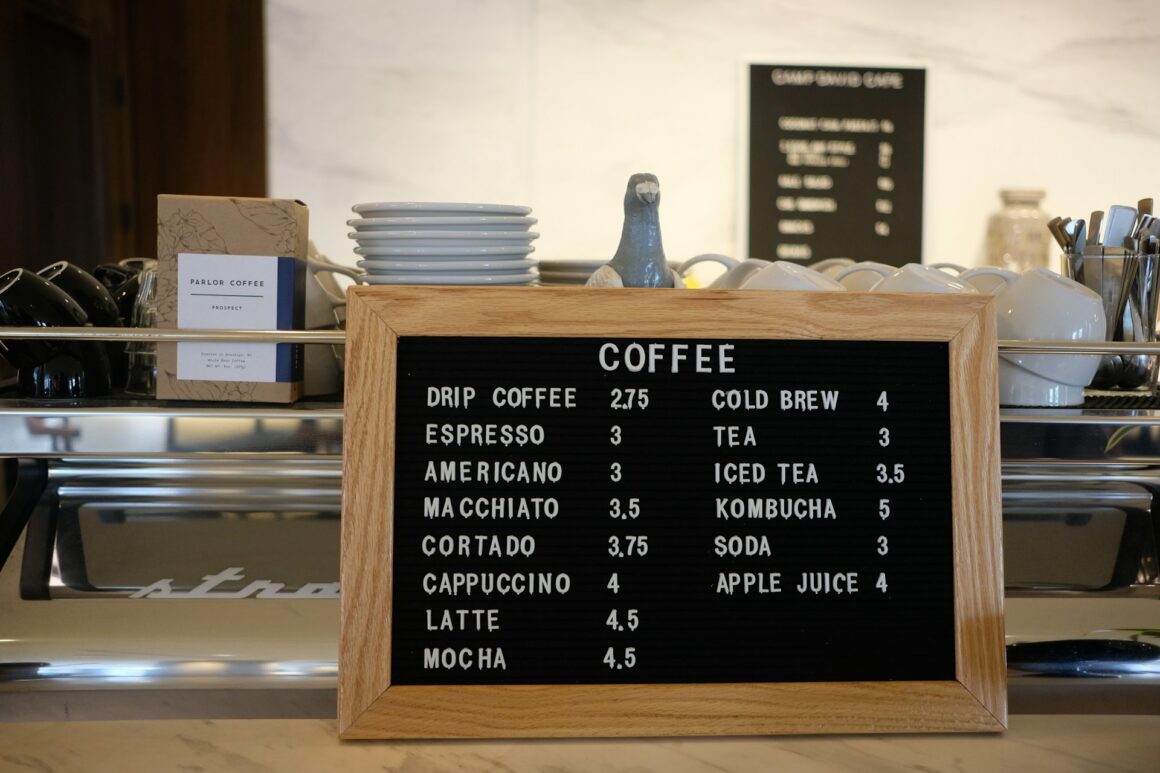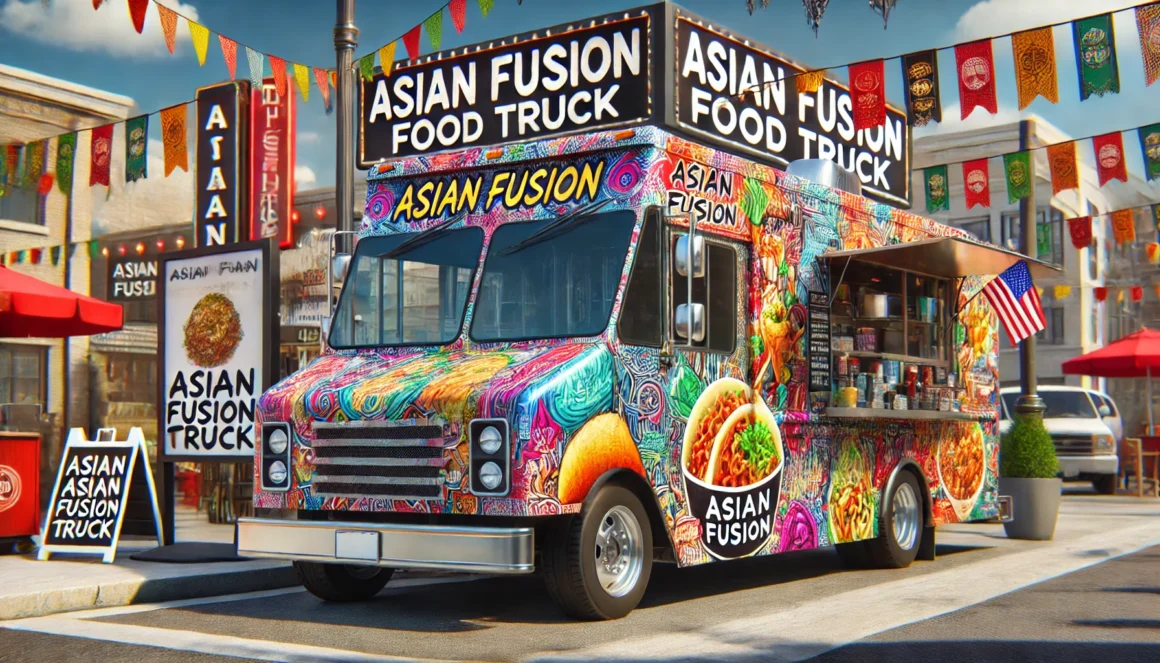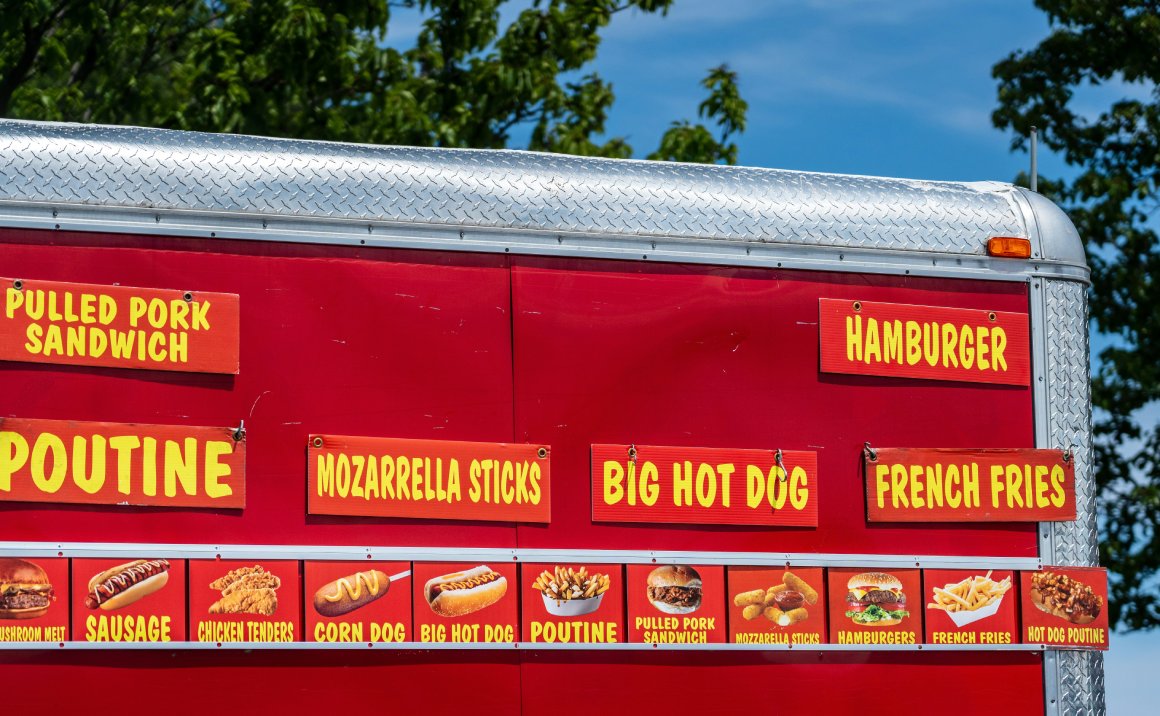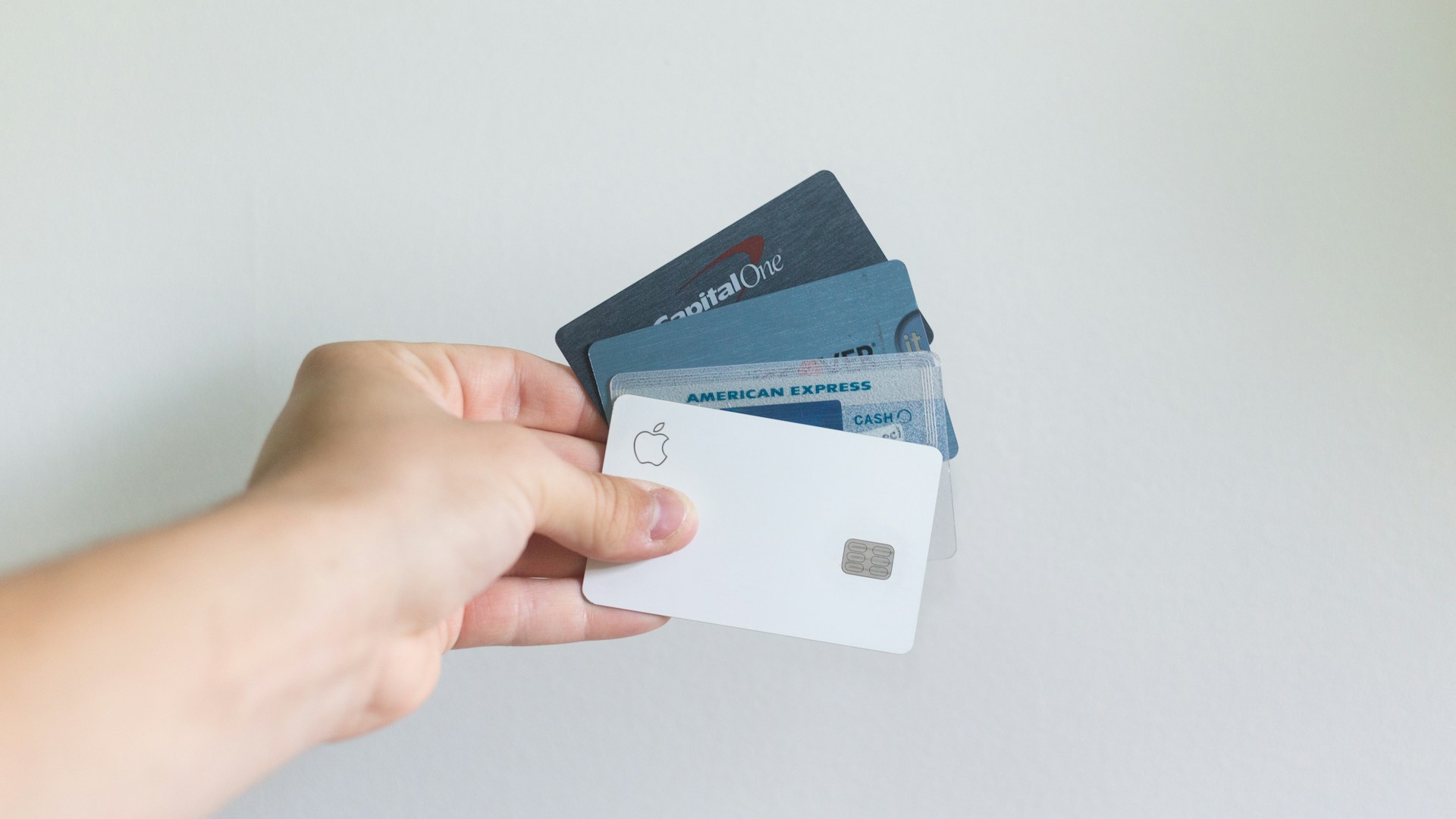
Using PayPal and Venmo as Payment Solutions for Your Food Truck
This post is part of a regular series. Click here to start at the beginning.
As a food truck owner, you need a payment processing system that’s not only easy to use but also aligns with your customers’ expectations. With the rise of mobile and peer-to-peer payments, PayPal and Venmo have become widely popular options for small businesses and customers alike. While originally designed for personal use, both platforms have expanded to offer business solutions—making them accessible to food truck operators looking for straightforward, low-cost payment processing.
In this post, we’ll dive into how PayPal and Venmo stack up as payment options for food trucks, looking at their ease of use, transaction fees, and unique features that could benefit your mobile business.
1. PayPal: A Trusted and Familiar Payment System
PayPal has been a trusted name in online payments for decades, and its business solutions now cater to small, mobile operations like food trucks. Whether your customers prefer using credit cards, debit cards, or their PayPal balance, PayPal gives you the flexibility to accept various payment methods both online and in person.
Key Features for Food Trucks:
- PayPal Here: PayPal offers a mobile card reader solution called PayPal Here, which allows you to accept payments via chip, swipe, or contactless methods. You can connect the reader to your smartphone or tablet, making it easy to take payments on the go.
Example: A taco truck uses PayPal Here to accept payments from customers who prefer to pay with their credit cards or digital wallets like Apple Pay. The device connects easily to the truck’s tablet, processing transactions quickly. - PayPal Business App: For food truck owners who also sell merchandise or offer online orders, PayPal’s business app allows you to track sales, send invoices, and manage your business from your phone. This versatility is helpful if you’re running multiple revenue streams in addition to your food truck.
Example: A BBQ truck that sells bottled sauces online uses PayPal’s business app to track both their in-person food sales and online orders, ensuring that their payment processing is streamlined across all platforms. - Digital Payments via QR Code: For food trucks operating in busy environments, PayPal offers QR code payments that allow customers to scan a code and pay directly from their mobile app. This touch-free payment option speeds up checkout times and caters to customers who prefer a completely digital experience.
Example: A smoothie truck uses PayPal’s QR code feature to allow customers to scan and pay for their order while waiting in line. This reduces congestion at the order window and makes the payment process faster.
2. Venmo: A Social, Peer-to-Peer Payment Solution
Venmo, owned by PayPal, has evolved from a peer-to-peer payment app into a business-friendly solution. It’s particularly popular among younger customers who appreciate the convenience of mobile payments and the social aspect of sharing transactions within the app.
Key Features for Food Trucks:
- Venmo for Business: Venmo offers a business profile feature that allows food truck owners to accept payments from customers just as easily as they would from friends. With Venmo’s familiarity among younger demographics, offering this payment option can cater to a wider customer base.
Example: A taco truck sets up a Venmo for Business account to accept payments from customers who prefer paying with the app. Customers simply scan the truck’s Venmo code and complete the transaction without needing to carry cash or cards. - Low Fees: One of Venmo’s advantages is its lower transaction fees compared to traditional credit card processing. While credit card payments typically incur higher fees, Venmo’s peer-to-peer payments are much more affordable, making it attractive for smaller transactions.
Example: A burger truck that frequently serves college students uses Venmo for Business to accept smaller orders like fries or drinks, allowing them to avoid high credit card processing fees. - Social Sharing: Venmo’s social feed feature allows customers to share their transactions with their friends, which can create organic marketing opportunities for your food truck. When customers share that they’ve paid for a delicious meal at your truck, it may encourage others to visit as well.
Example: A BBQ truck uses Venmo for Business and encourages customers to share their payments with their social networks, giving the truck a boost in visibility among local customers.
3. Transaction Fees: Low-Cost but Limited
Both PayPal and Venmo are known for their simplicity and affordability, but there are key differences between their fee structures and the types of transactions they’re best suited for.
PayPal Transaction Fees:
- 2.7% for In-Person Transactions: With PayPal Here, you’ll pay a flat fee of 2.7% for in-person credit card transactions. This is slightly lower than many traditional payment processors, making it a budget-friendly option for food truck owners.
Example: A taco truck processes $200 in sales during a lunch shift. With PayPal’s 2.7% fee, the truck would pay $5.40 in transaction fees. - PayPal Digital Payments: For QR code or digital payments, the fee is reduced to 1.9% + 10¢, which can save you money on smaller transactions or when customers pay via their PayPal balance.
Example: A smoothie truck that processes $100 in digital payments via QR code would only pay $2 in fees, making this option more affordable than traditional card transactions.
Venmo Transaction Fees:
- 1.9% + 10¢ for Business Transactions: Venmo charges a lower transaction fee of 1.9% + 10¢ for payments made through a business account. This makes it one of the most affordable options for accepting smaller payments, which is ideal for food trucks with lower price points.
Example: A burger truck selling items for $8 each would pay just 25¢ per Venmo transaction, compared to the higher fees associated with traditional credit card processing.
4. Convenience and Mobile-Friendly Payment Options
Both PayPal and Venmo are mobile-first platforms, making them incredibly convenient for food truck operators. They allow you to accept payments directly from your phone or tablet, and with QR code payments, they offer a touch-free experience that aligns with modern customer expectations.
Mobile Payment Advantages:
- Contactless Payments: Both PayPal and Venmo allow customers to pay directly from their phones without having to interact with card readers or handle cash. This is especially useful for food trucks operating in busy or outdoor environments where speed and hygiene are key concerns.
Example: A taco truck stationed at an outdoor event uses Venmo’s contactless payment system to reduce wait times and give customers a more hygienic payment option. - Fast and Simple Checkout: The ease of paying with PayPal or Venmo makes the checkout process faster, allowing you to keep your line moving and serve more customers in less time. Customers simply scan, pay, and move on, reducing the need for complex card readers or cash handling.
Example: A smoothie truck with a long line during a farmers’ market event uses PayPal’s QR code payment option to streamline transactions, speeding up service for customers.
5. Limitations to Consider
While PayPal and Venmo offer many advantages, there are limitations to consider before committing to either platform as your primary payment processor.
PayPal Limitations:
- Limited Offline Capabilities: Unlike some other payment processors like Square, PayPal Here does not offer offline mode, which means you may struggle to accept payments in areas with poor connectivity.
Example: A BBQ truck operating at a remote event would need to rely on a stable Wi-Fi or cellular connection to process payments through PayPal. - No All-in-One POS System: While PayPal offers mobile readers, it doesn’t provide the same full-scale POS systems or restaurant management features that some competitors, like Toast or Square, do.
Venmo Limitations:
- Only Available in the U.S.: If you’re running a food truck outside the U.S., Venmo isn’t available. It’s currently only offered for domestic transactions, which could be a limitation if your food truck operates in multiple regions or at international events.
- No Traditional Card Processing: While Venmo is great for peer-to-peer and app-based payments, it doesn’t offer traditional card readers. If your customers don’t use Venmo, you’ll need another solution for accepting credit and debit cards.
Conclusion: Are PayPal and Venmo Good Fits for Your Food Truck?
Both PayPal and Venmo are viable options for food truck owners who want flexible, mobile-friendly payment systems with low fees. PayPal offers a trusted, familiar payment experience with the ability to process credit cards, mobile payments, and QR codes, while Venmo caters to younger customers who prefer app-based, peer-to-peer payments.
However, their limitations—such as PayPal’s lack of offline mode and Venmo’s limited functionality—mean they may not be the best fit for food trucks that need more robust POS features or operate in areas with inconsistent internet connectivity. For those trucks, an alternative like Square or Toast might be more appropriate, offering offline capabilities and a wider range of hardware options.
If your food truck caters to younger, tech-savvy customers or operates in urban areas with reliable Wi-Fi or cellular service, PayPal and Venmo could be excellent additions to your payment system, especially for smaller transactions. They provide a low-cost, easy-to-use platform that integrates seamlessly with mobile devices, making them attractive options for many food truck owners.Stay tuned for the next post in our series, where we’ll explore Cash App and how it can fit into the payment processing landscape for food trucks.
This post is part of a regular series. Please use these links to view the rest of the series in order.
Why Square is the Best Payment Processor for Your Food Truck
Why Square is the Best Overall Payment Processor for Your Food Truck Choosing the right…
How to Build an Efficient, Cost-Effective Food Truck Menu
Crafting the Perfect Food Truck Menu: Efficiency, Speed, and Versatility Building a food truck menu…
How to Brand Your Food Truck Effectively – A Guide from a Branding Specialist
Branding Your Food Truck: A Step-by-Step Guide to Building an Identity that Stands Out If…
